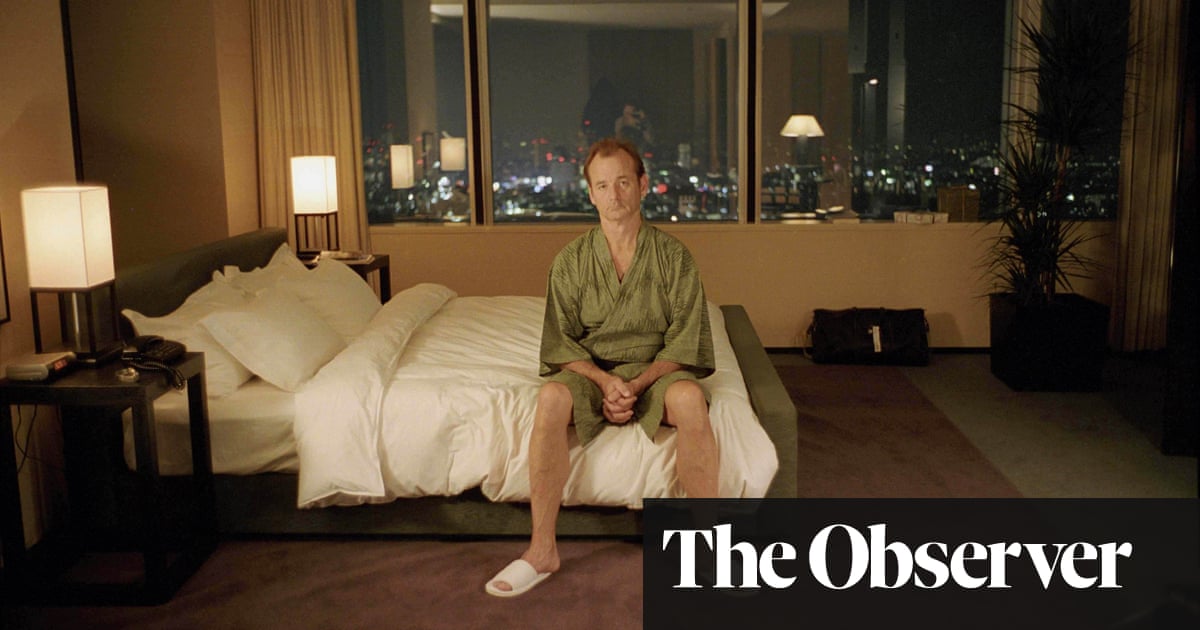
n my part of Sheffield, during the winter months, there is this thick fog that shrouds the streets. This photograph is one of dozens I’ve taken in Firth Park fog over the years, and always evokes a story my mom told me about my grandad, who died when she was 12. He’d returned from the second world war after fighting behind enemy lines in Burma, and was back working in a steel factory. After finishing work one day, the fog was so bad that he couldn’t find his way home, so he just sat down on a bench and burst into tears. I wonder: did the fog also symbolise a feeling of being lost in life for him? It does for me.
From the vantage point of 2020, perhaps this image chimes with the Black Lives Matter moment, or the unpeopled streets we’ve become so accustomed to, but I see it as a relic from the rubble of Tony Blair’s Britain; it was taken just three months before New Labour lost the 2010 general election to the Tories. What began as an optimistic, forward-thinking vision for this country had slowly soured, following 9/11, the ensuing wars on terror and in Iraq, and the global financial crisis, when it turned out that unfettered free-market globalisation couldn’t solve all our problems. David Blunkett, New Labour’s home secretary and MP for Firth Park’s constituency at the time, said in 2002 that local schools were being “swamped” by asylum seekers. He was talking specifically about some of my friends when he said that – kids, not creatures.
I have a certain ambivalence about the changes I witnessed in Sheffield during the Blair years. A Labour stronghold, there is no doubt that money was pumped into the city. Terms like “investment in people” and “cultural industries” were popularised, a trend carried on from the Thatcher/Major years. The steel industry that had employed much of my family was supplanted by the leisure industry (changes captured in a brilliant exhibition currently on show at Weston Park) and the landscape of my childhood – those civic spaces containing the unofficial pulse of black life in the city – was razed. From my secondary school to my youth club, the estate that housed my lifelong barbers to the club where my mom and dad met, to my first place of work and the first place I kissed a girl; it was all gone by the end of the 00s.
It started to occur to me that spaces in which black and working-class communities are sustained are often ephemeral. Unless something catastrophic happens my great grandkids will surely be able to contemplate the same Buckingham Palace (and all it suggests) as I can now, whereas all the historical traces of my community will have vanished. Photography became an attempt to preserve these vulnerable cultural artefacts, and I set out obsessively to chronicle things I considered a part of our collective psychic geography: that gennel at the side of a Netto supermarket, this piece of fading graffiti by a recently deceased artist and yes, the Kenya Fried Chicken – long since gone, its Kenyan-Indian owner now dead – a local amenity for kids in the 90s because it housed a Street Fighter II arcade console.
By the end of the 00s my spluttering TV career was in a similar state to New Labour. I’d been welcomed into the world of entertainment, but came up against endless glass ceilings when I tried to develop a serious career in a classist, racist country and industry cloaked in a veneer of inclusion. Forced out of a London where rent and house prices had ballooned, I was back living in my mom’s terrace house. But it was in those uncertain days that I would piece together an aesthetic and a plan that would ultimately result in my book Afropean: Notes from Black Europe, to which this photo belongs. The goal was to find a way to preserve and be proud of Firth Park while acknowledging its sometimes crushing parochialism, by connecting with other such areas across Europe; other demonised, multicultural, working class enclaves constantly in danger of being under- or misrepresented.
These days I do most of my work in colour, and in some ways this photo strikes me as a tad naive now. I’ve never been romantic about where I’m from, but back then I was interested in elevating my local neighbourhood and making it look as cinematic as possible - capturing something both honest and beautiful, which is why I’m still proud of this image. It was the first in my Afropean series and serves as a window and a mirror; a document of my area, an ode to my grandad and a portrait of my own interior landscape at that time. The camera was set on a timer; that figure in the distance is me as a young man, heading out into the dark trying to find my way in the world.
• Afropean: Notes from Black Europe is published by Penguin, and is the winner of the 2020 Jhalak prize. Kenya Fried Chicken, Firth Park, Sheffield was part of a recent exhibition at Foam Gallery, Amsterdam, and limited prints are available from Foam Editions.
Johny Pitts’ CV
Born: Sheffield.
Trained: “Empty side streets in unloved hinterlands on midweek afternoons.”
Influences: Adam Bartos, Lars Tunbjörk, William Eggleston, Liz Johnson Artur, Saul Leiter, Anaik Frantz, LS Lowry, Christopher Doyle, Black Audio Film Collective.
High point: “Solo exhibition at Foam Gallery, Amsterdam, in 2020.”
Low point: ‘Getting sacked from Debenhams Meadowhall tableware department for constantly breaking Royal Doulton plates – and not daring to tell my mom for two months.”
Top tip: “What Cartier-Bresson told Koudelka: ‘Take care of your eyes.’”












